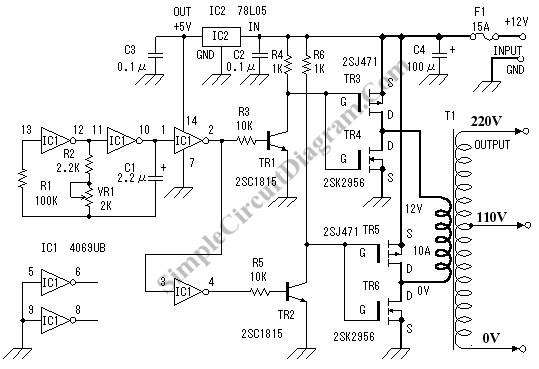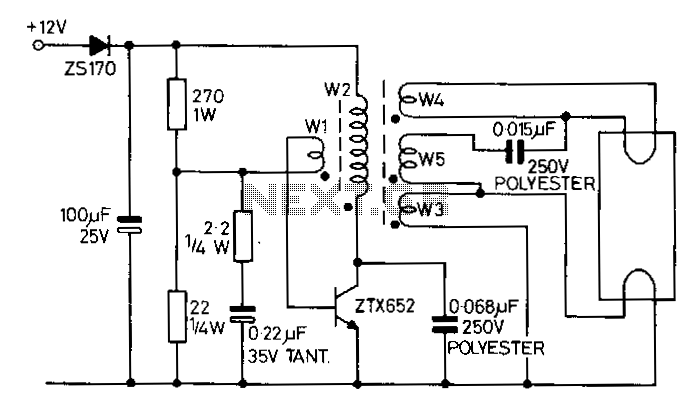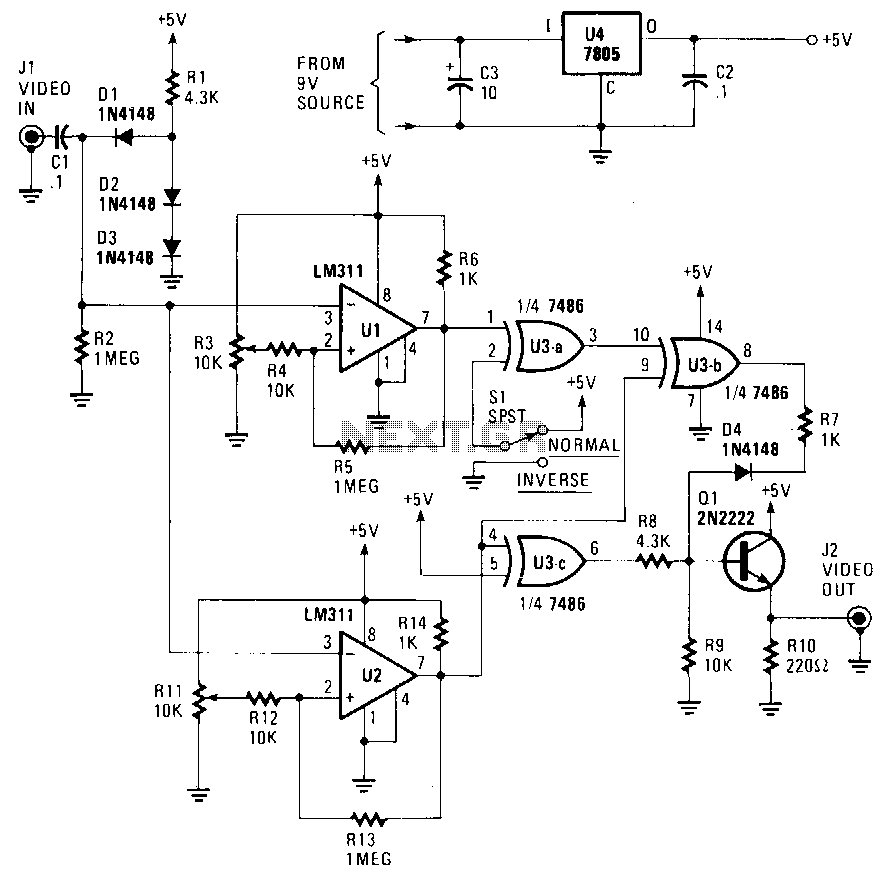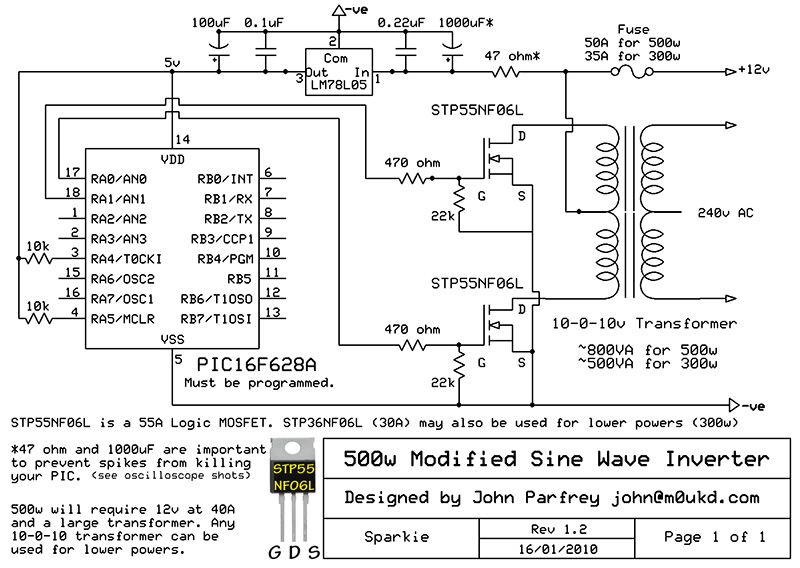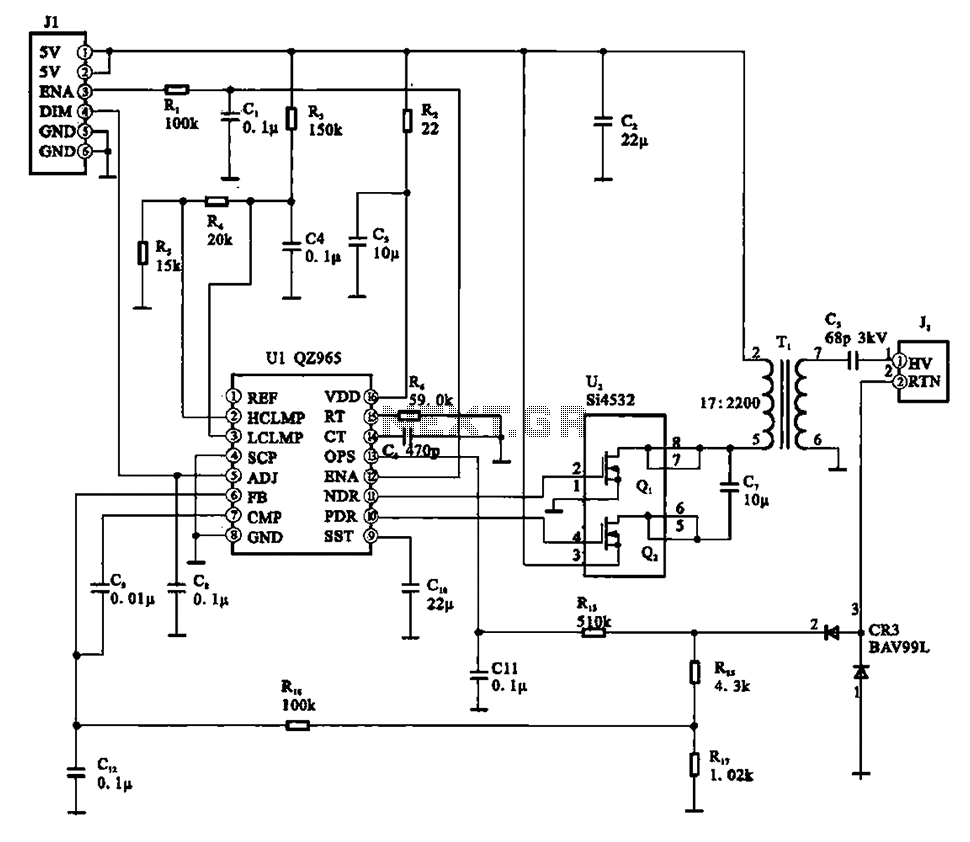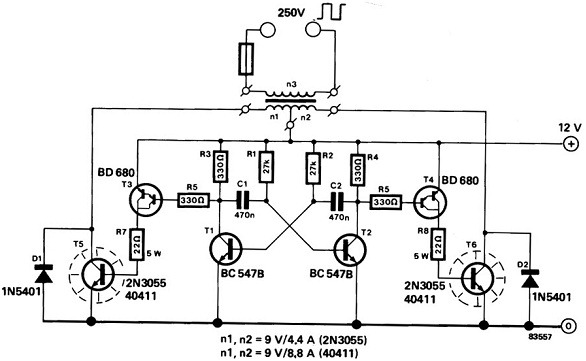
Microwave Inverter
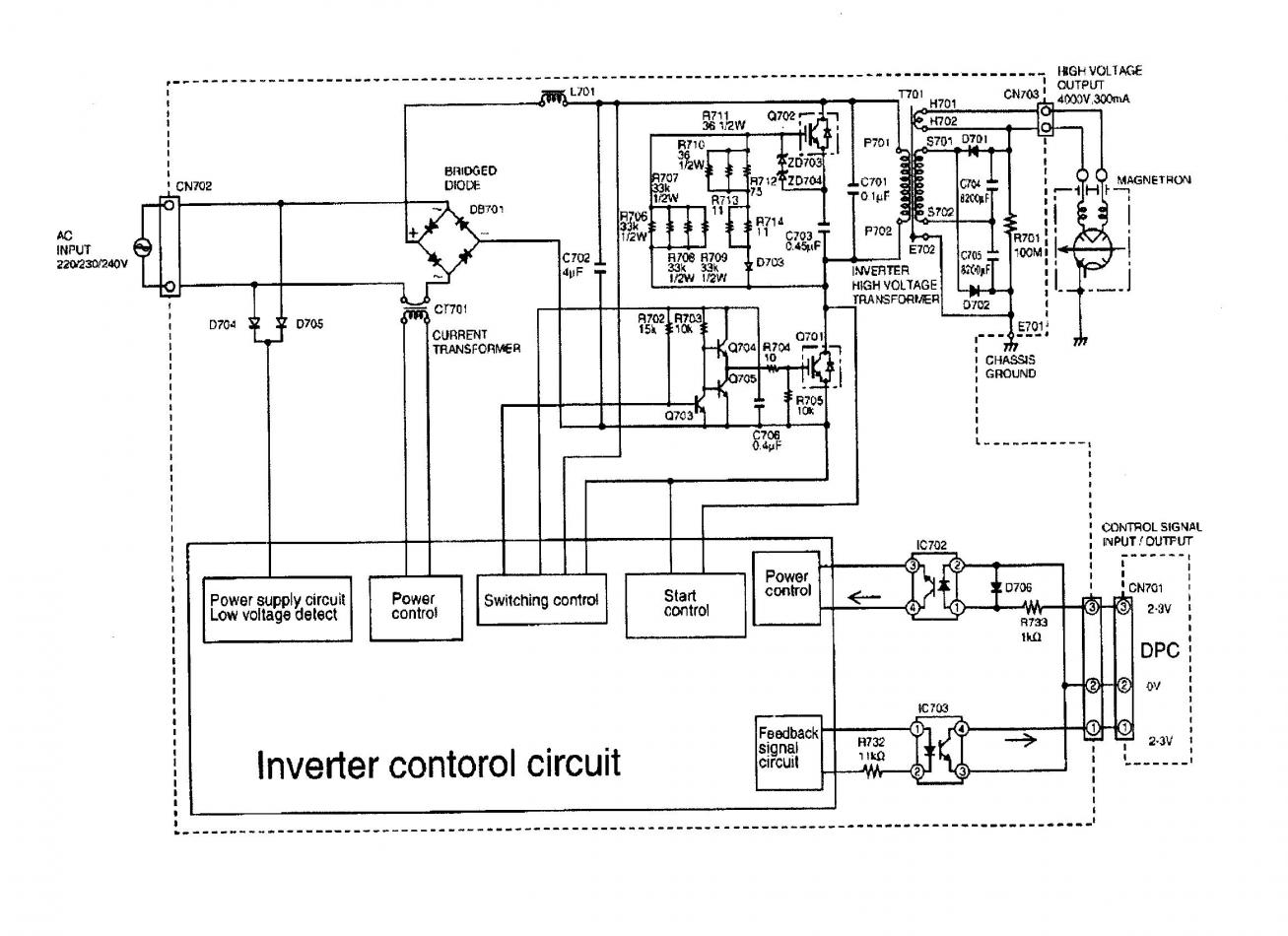
A Panasonic microwave inverter is being utilized for an experimental project. The individual has limited knowledge of electronics but is capable of working on the project.
The Panasonic microwave inverter is a sophisticated component designed to provide precise control of microwave power output. This inverter operates by converting direct current (DC) into alternating current (AC), which is essential for the functioning of microwave ovens. The inverter technology allows for varying the power levels efficiently, in contrast to traditional microwave ovens that utilize a straightforward on/off cycling method.
In a typical application, the inverter module takes a DC input, often derived from a high-voltage power supply, and converts it to a high-frequency AC output. This output is then fed into the magnetron, which generates microwaves for cooking or heating food. The inverter's ability to control the power output smoothly allows for more even cooking and defrosting, as it can maintain a consistent temperature without the fluctuations associated with conventional microwave systems.
For integration into a project, it is essential to ensure that the inverter is correctly interfaced with the power supply and the load (magnetron). Adequate safety precautions must be taken due to the high voltages involved. Additionally, understanding the inverter's specifications, such as input voltage range, output frequency, and power ratings, is crucial for successful implementation.
The inverter circuit typically includes components such as capacitors, inductors, and control circuitry that regulates the switching of the power transistors. This switching mechanism is often driven by a microcontroller or dedicated control IC, which can be programmed to adjust the output based on user input or predetermined cooking profiles.
In summary, the Panasonic microwave inverter presents a valuable opportunity for experimentation in power control applications, provided that the user adheres to safety standards and possesses a fundamental understanding of electronic principles.Hi, I am trying to use a Panasonic microwave inverter for a project I am experimenting with. I have limited knowledge with electronics but I can work.. 🔗 External reference
The Panasonic microwave inverter is a sophisticated component designed to provide precise control of microwave power output. This inverter operates by converting direct current (DC) into alternating current (AC), which is essential for the functioning of microwave ovens. The inverter technology allows for varying the power levels efficiently, in contrast to traditional microwave ovens that utilize a straightforward on/off cycling method.
In a typical application, the inverter module takes a DC input, often derived from a high-voltage power supply, and converts it to a high-frequency AC output. This output is then fed into the magnetron, which generates microwaves for cooking or heating food. The inverter's ability to control the power output smoothly allows for more even cooking and defrosting, as it can maintain a consistent temperature without the fluctuations associated with conventional microwave systems.
For integration into a project, it is essential to ensure that the inverter is correctly interfaced with the power supply and the load (magnetron). Adequate safety precautions must be taken due to the high voltages involved. Additionally, understanding the inverter's specifications, such as input voltage range, output frequency, and power ratings, is crucial for successful implementation.
The inverter circuit typically includes components such as capacitors, inductors, and control circuitry that regulates the switching of the power transistors. This switching mechanism is often driven by a microcontroller or dedicated control IC, which can be programmed to adjust the output based on user input or predetermined cooking profiles.
In summary, the Panasonic microwave inverter presents a valuable opportunity for experimentation in power control applications, provided that the user adheres to safety standards and possesses a fundamental understanding of electronic principles.Hi, I am trying to use a Panasonic microwave inverter for a project I am experimenting with. I have limited knowledge with electronics but I can work.. 🔗 External reference
